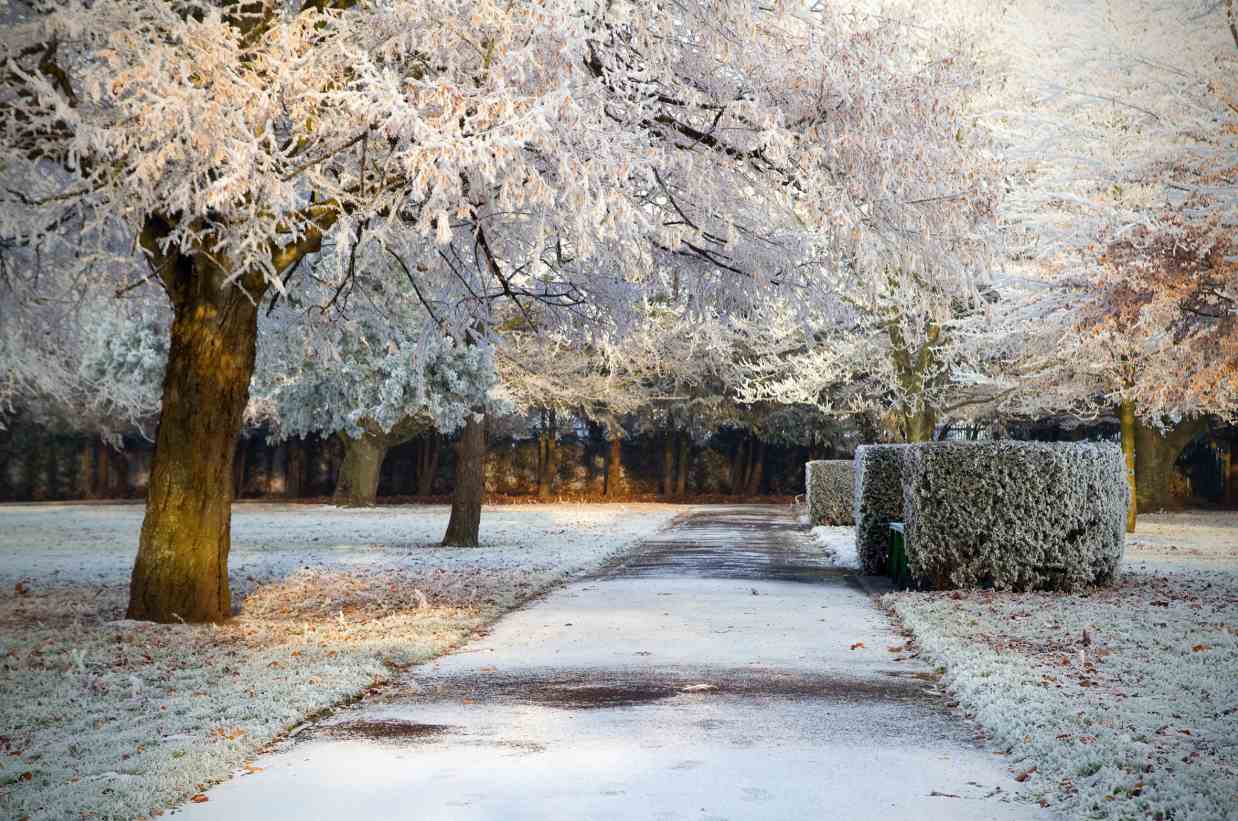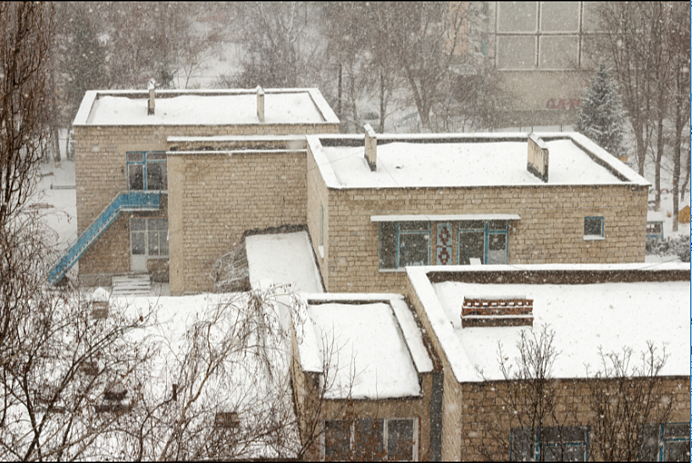
Wintertime challenges are so significant for facilities and commercial properties, that managers of such properties often must begin to prepare their turf and grounds for winter while autumn is still in full swing. Even while mowers, edgers, and pruning hooks are busy maintaining the lawn, grounds managers are already getting their equipment, greenery, and crew members ready for upcoming cold weather conditions.
Equipment and Crew Preparation
Preparing winter maintenance equipment and forming a workable snow and ice removal plan is often the main focus of facility managers. Plows, trucks, salt spreaders, and snowblowers must be inventoried and inspected by mechanics. Keeping a record of model and serial numbers along with odometer readings can help in knowing the ideal time to replace outdated or over-used equipment. An "equipment round-up" is also often performed to expose repair and maintenance needs. Crews also are reoriented to their winter tasks. Maps of snow piling zones are distributed, step-by-step task lists are reviewed, and separate managers are assigned to supervise sidewalks, parking lots, salt trucks, and primary access roads.
Turf Care During Winter
Winterkill is a common problem for turf at universities, golf courses, and major commercial/industrial facilities. Grass that is already not healthy going into the winter due to too little sunlight, insufficient irrigation, or poor fertilization is at high risk of dying while buried under snow and ice. Shade patches are especially prone to winterkill, and one way to prevent it is to thin out trees and bushes blocking the sunlight. Another answer is to use impermeable ground covers to shield the turf from snow and ice. However, such covers must be occasionally ventilated or they will deprive the grass of oxygen just like snow cover can. Finally, it is important to drain and winterize all irrigation systems so they will survive sub-zero temperatures without damage and be ready to function next spring.
Plant Care During Winter
During the late summer or early fall, it is best to re-mulch around trees, plants, and flowers since this provides additional protection during over-wintering. Susan Woodell, garden manager of the eight-thousand-acre Biltmore Estate, recommends extra mulch cover for all tender herbaceous plants but removal, storage, and springtime replanting for less hardy plants. All spring bulbs must be planted before the ground freezes. Tropical plants, tender plants, and delicate flowers must be protected in a greenhouse prior to the first frost, which typically comes in October.
Greenhouses must be inspected to ensure their polyvinyl coverings are free of tears and holes, and all greenhouse heaters must be inspected and serviced. Furthermore, sufficient fuel for those heaters, if not electric, must be stockpiled, and emergency greenhouse heating plans must be reviewed.
Another consideration is to put up barriers along sidewalks where possible, in order to keep salt from getting into beds or onto adjacent turf and killing the greenery along the sidewalk's edges. Alternatively, one can use snow-melting mats on walkways, particularly the most-traveled ones, to eliminate the need for salting these areas.
Winter Planting
Many facilities that are not very busy during winter but extremely busy the rest of year opt to "install" new trees and plants during the cold season. This in not the ideal time from a horticultural perspective, but it can nonetheless be accomplished. Planning, ordering, storage, and scheduling must be done before winter arrives, and planting locations should be marked with posts in case snow makes them too hard to find.
Preparing to protect your turf and grounds through the winter months should begin in the summer or, at latest, in the fall. Mulching, shade-reduction, ground covers, greenhouses, and snow-melting mats can all contribute to finding your grounds strong and healthy in the spring.


